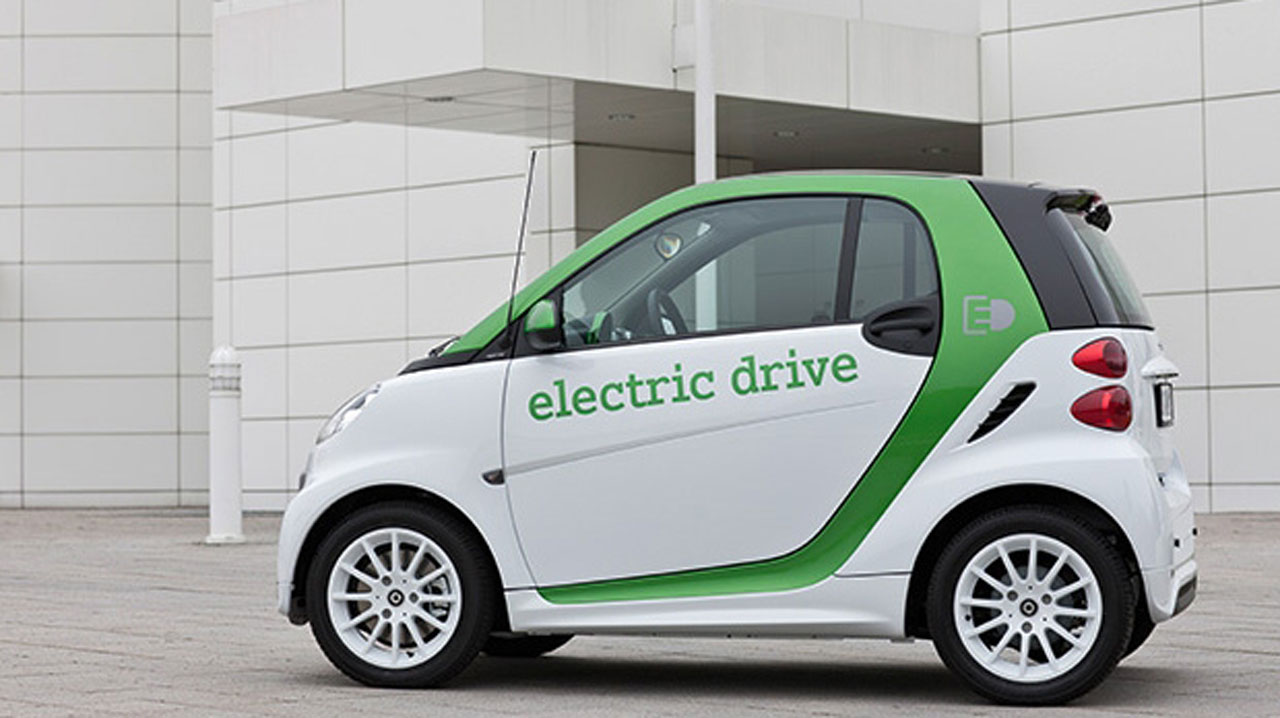- Subscriber Teledensity Nosedives in First Quarter
Subscriber teledensity in the telecoms sector has dropped from 110.80 per cent in January to 108.91 per cent in March 2017, according to the first quarter statistics on subscriber teledensity released by the Nigerian Communications Commission (NCC), the telecoms industry regulator.
Nigeria had recorded a steady growth in subscriber teledensity since the inception of Global System for Mobile Communications (GSM) in 2001; but in February this year, the teledensity growth rate started dwindling.
Following the steady growth rate in subscriber teledensity, the figure had reached its peak in January this year, rising to 110.80 per cent. However, a recent statistics obtained from the NCC website showed that it dropped to 110.09 per cent and 108.91 per cent in February and March respectively.
Teledensity in technical parlance is measured as the total number of active telephone connections per one hundred inhabitants living within an area and is expressed as a percentage figure.
THISDAY investigations revealed that the drop in teledensity, also affected subscribers number, which also dropped across networks from 155 million in January to 154 million in February and further dropped to 152 million in March 2017.
Worried about the development, industry stakeholders have blamed the situation on recession that is currently plaguing the Nigerian economy.
The Chief Executive Officer of Pinnet Informatics, Mr. Lanre Ajayi, said the purchasing power of Nigerians has been badly affected by the recession, which he said hampered subscribers’ ability to make regular calls. According to him, the reduction in calls, might have resulted in a reduction in congestion on the networks, which subsequently led to improved quality of service, since the network became less busy with fewer calls from subscribers.
He therefore said subscribers had decided to let go their multiple lines, since the network has improved, a situation, he said must have led to the drop in the number of subscribers and teledensity.
Other stakeholders spoken to also blamed the drop in teledensity and subscriber number, on recession. According to them, subscribers do no longer have the financial capacity to recharge their multiple lines, and decided to stick to a single network operator with a single SIM as against multiple SIMs they used before now.
But the Executive Vice Chairman, NCC, Prof. Umar Garba Danbatta, said the drop also affected mobile Internet subscription across networks, but blamed it on subscribers’ migration from 3G to 4G LTE technology service that is currently being offered by telecoms subscribers.
Danbatta who spoke at a media interactive session in Lagos on Tuesday, said most subscribers were dumping 3G network for 4G LTE network, which has faster speed of connectivity and cheaper data charges, apart from clearer voice quality.
According to the statistics obtained from NCC’s website, as at September 2012, teledensity was 76.69%, and as at October 2012, the figure rose to 78.21%, while in November and December 2012, the teledensity rose to 78.82% and 80.85% respectively.
In October, November and December 2013, the teledensity rose to 87.06%, 88.39% and 91.15% respectively.
Similarly, the teledensity rose to 96.87%, 97.60% and 99.39% respectively in October, November and December 2014.
In January, February and March 2015, teledensity according to the statistics, rose to 100.59%, 101.85%, and 102.81% respectively.
It was also revealed that in October, November and December 2016, teledensity hit 109.65%, 109.96% and 110.38% respectively, just as it increased in January 2017 to 110.80%, but it started experiencing a downward drive from Febrauary and March this year.


 Naira4 weeks ago
Naira4 weeks ago


 Naira4 weeks ago
Naira4 weeks ago




 Naira4 weeks ago
Naira4 weeks ago




 Naira3 weeks ago
Naira3 weeks ago
 Commodities4 weeks ago
Commodities4 weeks ago


 News4 weeks ago
News4 weeks ago
 Travel4 weeks ago
Travel4 weeks ago




 Naira3 weeks ago
Naira3 weeks ago





















